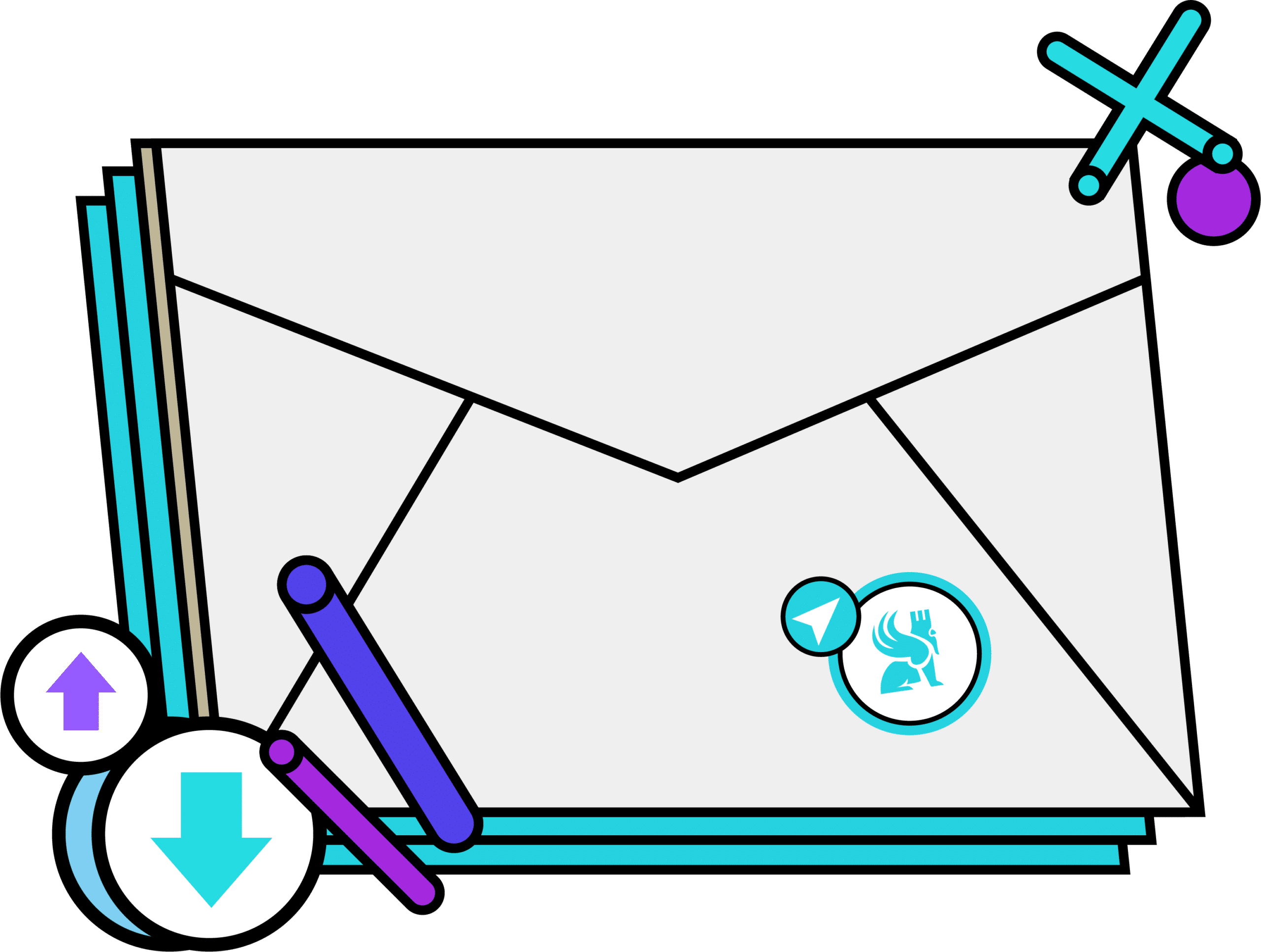Salesforce Apex is essential for pushing the boundaries of standard CRM and crafting tailored solutions! This native programming language for Salesforce empowers you to automate and personalize your customer relationship management platform. Discover everything you need to know!
Salesforce is recognized as one of the leading customer relationship management tools, primarily due to its proprietary programming language. With Apex, the platform provides developers with nearly infinite flexibility to create custom applications.
Positioned between Java and object-oriented programming, this language harnesses the full potential of the platform while maintaining the security and scalability of applications. But what makes Apex so crucial in the Salesforce realm? To understand this, we invite you to explore its features and use cases…
What is Salesforce Apex?
Developed to address customization and automation requirements, Apex is Salesforce’s native programming language. It is heavily influenced by Java, sharing similar syntax and an object-oriented approach. Built to operate within Salesforce’s multitenant environment, it enables developers to create complex features.
These capabilities far surpass those offered by “click” tools like Flows or Process Builder. Apex is employed to write custom classes and methods that extend Salesforce functionalities, as well as triggers that react to events on objects.
For instance, they can be triggered when a record is inserted or updated. The language also allows you to compose unit tests, which are imperative for deploying code to production and ensuring software quality.
Its greatest advantage is its flawless integration with the Salesforce platform. This ensures total consistency with security, sharing rules, and the native data model. This is why it’s an indispensable tool for developers aspiring to build powerful and scalable applications on Salesforce!

Understanding Apex architecture
To fully grasp the essentials of Apex, it is important to examine its object-oriented language structure specifically crafted for Salesforce. Its architecture is standard: classes, methods, variables, but with an adaptation to the multitenant environment and platform governance rules.
Apex classes encapsulate business logic. They bring together methods (or functions) that execute specific actions, such as calculating a discount, sending a notification, or manipulating Salesforce data. This modular approach enhances code readability and maintainability.
Functioning as system sentinels, triggers activate in response to events like the insertion, update, or deletion of a record. They facilitate the automation of processes as soon as an action is performed by a user or external integration.
For example, consider a trigger that automatically validates fields before saving a record or creates an audit history with each modification. Additionally, Salesforce mandates the writing of unit tests to ensure code quality and non-regression during deployments.
Every developer must therefore write test classes to validate their code’s functionality and achieve a minimum test coverage (75%). While this requirement might seem strict, it is necessary for maintaining reliable and resilient code.
A powerful tool to automate and customize Salesforce
Apex is more than just a theoretical language. To appreciate its power, let’s delve into a few practical use cases. Imagine your company needs to ensure that an “Amount” field does not surpass a critical threshold.
With Apex, you can craft a trigger or method to validate the input and present the user with an appropriate error message. Say goodbye to unnoticed errors! Additionally, you can implement sophisticated business rules that would be infeasible with “point and click” tools.
For instance, you can query the Salesforce database using SOQL to verify a specific record’s existence before taking action. It’s also feasible to handle specific exceptions to foresee errors. Consequently, it’s an invaluable asset for managing intricate business logics.
Another standout feature: Apex enables integration with third-party services via HTTP calls and RESTful classes. Thus, you can make Salesforce communicate with external tools to enrich your CRM and automate data flows. This is particularly relevant for ERP or other marketing solutions. Indeed, Apex is akin to a Swiss Army knife for developers aiming to bring their ideas to life within Salesforce!

Salesforce Apex and the Salesforce ecosystem
Apex does not operate in isolation but continuously engages with other tools within the Salesforce platform. This creates a cohesive and robust ecosystem. For instance, it can be utilized in the backend to support user interfaces developed with Visualforce or Lightning Components.
This facilitates the separation of business logic (Apex) from presentation (UI), while developing dynamic and high-performance applications. Similarly, while “click” tools Process Builder and Flows allow for straightforward automation creation, Apex takes over for more complex logic.
Frequently, a Flow will invoke a segment of Apex code to execute a specific process, thus blending the simplicity of low-code tools with the power of pure code. Regarding interoperability, Apex offers classes to interact with Salesforce APIs and external services (REST, SOAP).
This capability to communicate with other systems makes Apex an indispensable building block for integrating Salesforce into the company’s information system. Acting like a technical foundation linking all the pieces of the Salesforce puzzle, Apex grants developers unmatched freedom to design applications tailored to their most demanding needs.
How to use Apex effectively?
Despite being a powerful and flexible language, Apex is still governed by strict rules dictated by Salesforce’s multi-tenant architecture. To avoid pitfalls, some best practices should be kept in mind.
Firstly, be aware that it is restricted by governor limits to maintain platform performance. For instance, there is a maximum number of SOQL queries or DML per transaction. These limits safeguard other users from potentially resource-intensive code. For effective development, you must recognize and comply with these limits.
Additionally, for security, data access should always comply with sharing rules defined in Salesforce. This necessitates that Apex code check user permissions and apply all suitable access controls (using with sharing, for example). This vigilance ensures application consistency and security.
Another crucial aspect: code quality. To withstand the test of time, Apex code must be well-written. Bulkification (writing code to handle batches of records) prevents errors during imports or bulk operations.
Similarly, separating triggers from business logic (using utility classes) allows for better maintenance and easier reusability. To maximize performance and scalability, you can also minimize database call frequency, prioritize optimized queries, and limit heavy processing.
All these tips ensure fast, stable, and scalable code. They should become second nature when developing with Apex!

Transform from a simple user into a CRM experience creator
Thanks to its object-oriented syntax, triggers, classes, and seamless integration with the Salesforce ecosystem, Apex empowers you to transform the CRM platform into a bespoke tool, perfectly aligned with business needs.
It elevates Salesforce to new heights in customization and efficiency. Whether you are a beginner or experienced developer, mastering this language is a highly valuable skill in the corporate landscape. To explore and master Salesforce Apex, you can choose DataScientest training. Our Salesforce Developer (Apex and Lightning) program guides you step-by-step in learning the fundamentals of development on this celebrated CRM platform.
You will explore classes, triggers, unit tests, API integration, and security tools. Thanks to our practice-oriented teaching method, you will rapidly become autonomous in developing and deploying efficient and certified applications.
Our courses are available in bootcamp, alternating, or continuous modes, and are eligible for funding through CPF or France Travail. Join DataScientest and add a new dimension to your Salesforce skills!
You now know all about Salesforce Apex. For more information on the same topic, explore our complete article on Salesforce and our article on the Salesforce Data Cloud.










